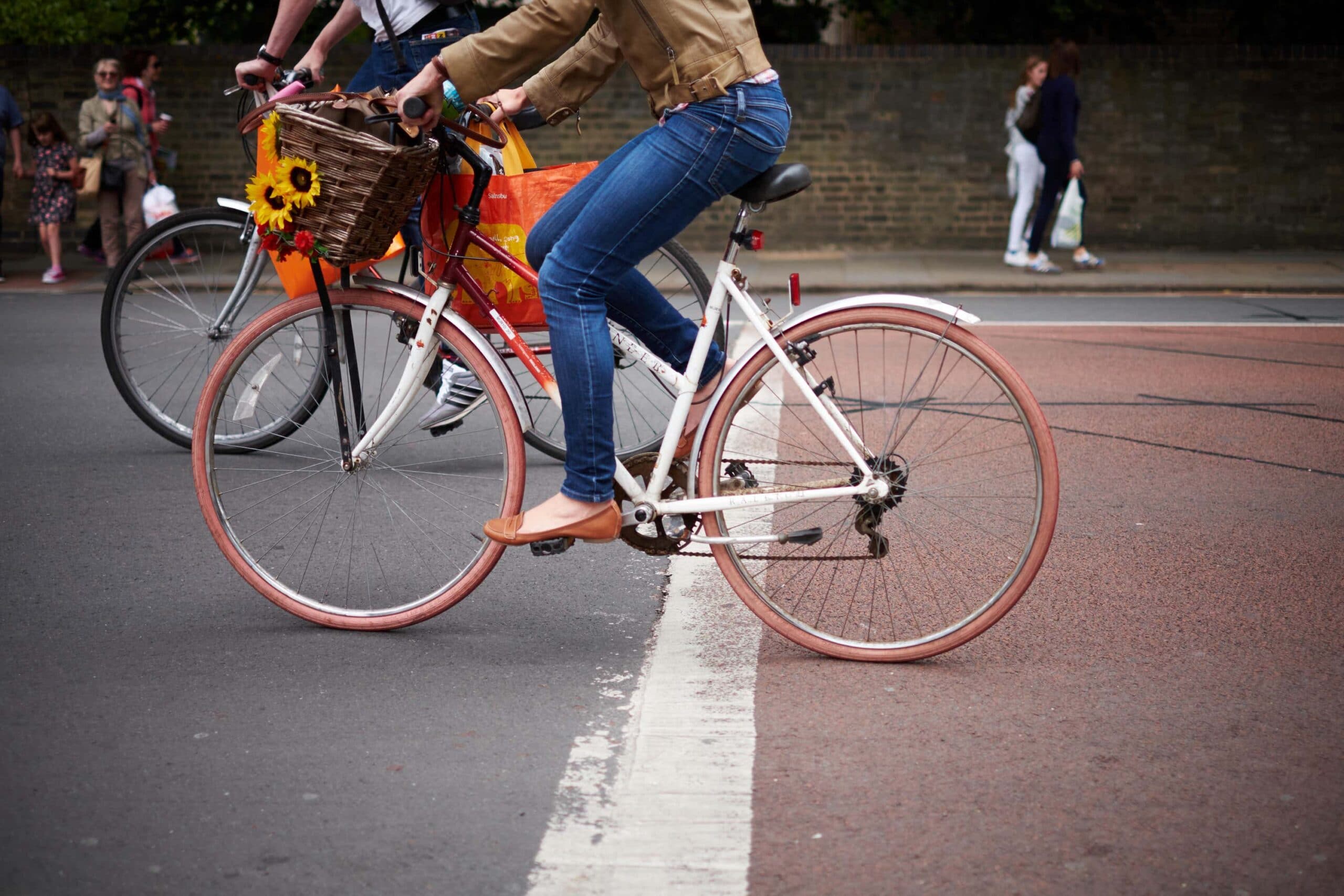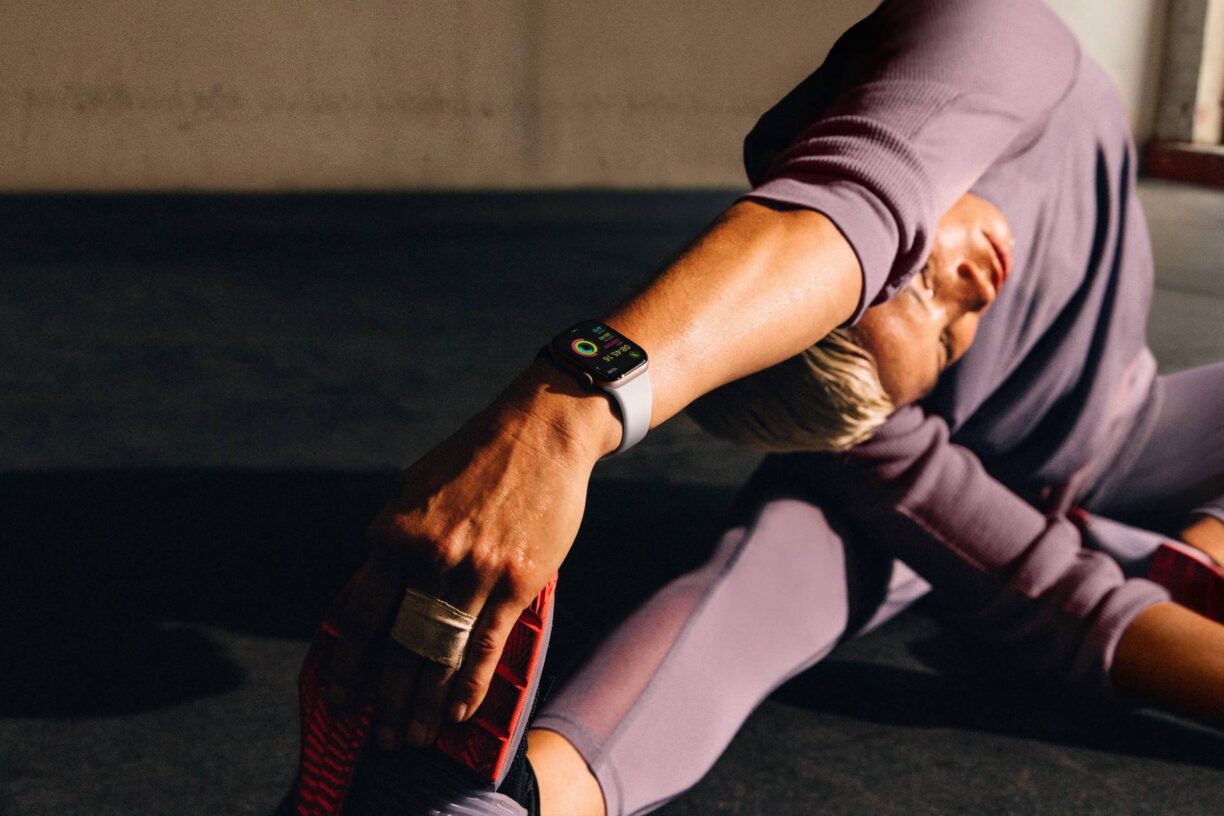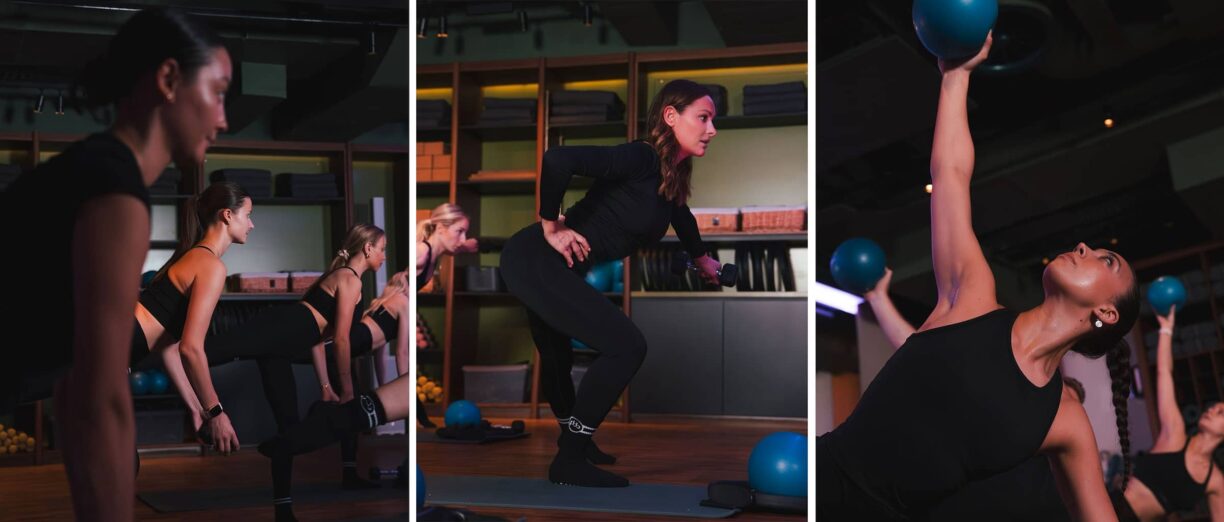Cycle to Work Day (August 5) isn’t just for people with expensive road bikes, fancy lycra gear and an active Strava profile.
It really doesn’t matter if you haven’t cycled in years or if you have only just learnt how to ride a bike – anyone can enjoy the benefits of taking your commute on two wheels.
Losing weight, being outdoors (and so reducing your risk of catching Covid-19), lowering your carbon footprint and exploring your local area are just a few of the great lifestyle reasons to swap your train pass for life in the bike lane.
If you’re new to cycling though, it can pretty be nerve-wracking to ride out at rush hour on your own, especially if you live in a city. Here are a few tips for building up your confidence…
1. Do a dry run outside of peak times

If you’re nervous about how long it will take you to get to work, do a dry run on a sleepy Sunday morning.
Not only will you figure out how long you need to leave yourself in the morning to comfortably arrive on time, but you’ll also become more familiar with your route without the stress of weaving through rush-hour traffic.
2. Cycle with an experienced friend or colleague

Buddying up with a more confident cyclist can help you feel less overwhelmed at busy roundabouts and complicated junctions.
This is especially important if your road theory knowledge is rusty and you need someone to remind you of the dos and don’ts of city cycling.
Until you’ve practised enough to feel confident getting out there alone, it can be comforting to know there’s someone there with you, should you get flustered or encounter a flat tyre.
3. Choose a route with cycle lanes

You don’t have to take the most direct route. Often you can find back streets that are much quieter than cycling on busy roads with buses and lorries.
If you live in a city, the Citymapper app can be really helpful for first-time cyclists.
Plug in your destination and you can pick from three different levels of route: quiet, regular and fast.
The quiet routes make the most of dedicated cycle lanes, parks and paths, so you can avoid heavy traffic.
4. Get yourself some hi-vis gear
The trick to staying safe on the road is being visible to other riders and traffic. That means utilising bike lights and wearing a reflective jacket, especially if you’re cycling in the dark.
It goes without saying that you’ll need to wear a helmet.
Research has found that wearing a bike helmet, should you end up in an accident, can reduce your risk of suffering a serious head injury by up to 70%. You can pick up a decent helmet for as little as £20.
5. Take a local class
Still feeling nervous? Bikeability have virtual cycle training programmes in every local authority in England and Scotland, and there is a Cycling Proficiency Scheme in place in Northern Ireland.
These courses are all about gaining practical skills and understanding how to cycle on the road.
Starting with building confidence on single-lane roads, the courses progress over time to equip riders with the skills to ride more challenging roads and deal with traffic situations.





